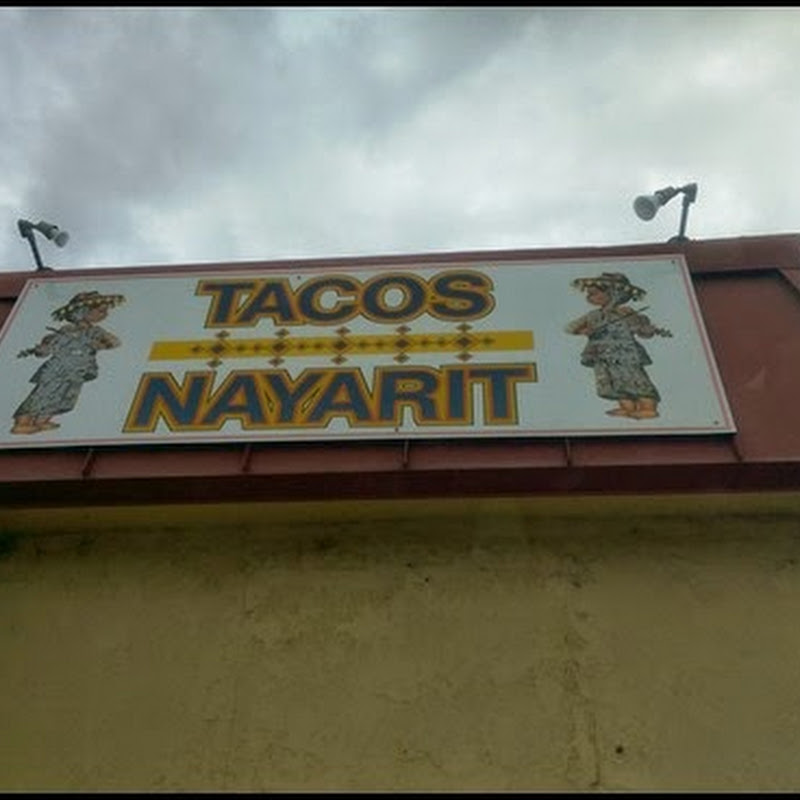We tried to not let any grass grow under our feet yesterday, and I think we succeeded. We stayed on the move for the entire day, playing tourist at several locations. Our first stop was just up the road from the RV park, a place called Miles Canyon. During the Klondike Gold Rush, this was a spot where the Yukon River narrowed, and became very dangerous for the folks headed downstream for the gold fields near Dawson City. The narrow canyon, combined with a series of rapids just beyond, caused most everyone to portage their goods overland, then reload the boats downstream.
For a couple of years, two tramways, one on each side of the canyon, was the means in which the stampeders moved their personal possessions around this dangerous stretch of water. The tramways were wooden logs layed down like RR tracks. The carts with grooved wheels were pulled by horses, and the tramway on the left side of the canyon was 5 miles long. When the White Pass RR was completed all the way to Whitehorse in 1900, it put the two tramways out of business.
An early photo of one of the tramways around Miles Canyon, & the Whitehorse Rapids.
The White Pass RR tracks just south of Whitehorse. The narrow gauge tracks are still in place between Carcross and Whitehorse, but haven't been used since 1982.
This DC3 is the world's largest weather vane. The nose always points into the wind, and the entire aircraft rotates with the slightest breeze.
Yep, I found another small railroad a few miles north of Whitehorse, just off the Alaska Hwy. The Copperbelt Railway & Mining Museum has about 2 miles of 24" gauge track running around the perimeter of their property. Run by volunteers, this is a nice park & small museum that didn't have very many visitors. In fact, after our 15 minute ride, we were the only guests on the property when we pulled out of the parking lot.
Our last tourist stop for the day was the Klondike Paddle Wheel River Steamboat. When we last toured this classic river boat in 2001, it was in the process of being completely restored to it's original condition. Built in 1937, it was one of the largest of more than 250 riverboats that provided transportation in the Yukon & Alaska for over half a century. The Klondike is prominently displayed on the banks of the Yukon River in Whitehorse, and is one of the signature tourist attractions in the area. One of the amazing things about this huge boat is the fact that it only needed 3 feet of water to move up and down the Yukon River. Last used in the mid 1950's, it now stands as a testament to an era that didn't include jet airplanes or motor vehicles.
Each of the two steam powered engines produced approx. 750 horsepower.
We finished our busy day with dinner at Pizza Hut, where we met two friends that we got to know when we lived in Skagway. Charlie & Bev Thompson both worked for the Corrington family when we first started our 4 summers of workamping in Skagway. Charlie was in charge of the warehouse & Bev worked in the business office. We've touched base with them a few times in Arizona, where they still own a property in Yuma. When we said adios, that was the end of a busy day. Having seen most everything yesterday, we're pulling out of Whitehorse this morning, and should be back in Alaska in a couple of days.
Pioneer RV Park - $30.24 Cumulative - $488.41
























No comments:
Post a Comment